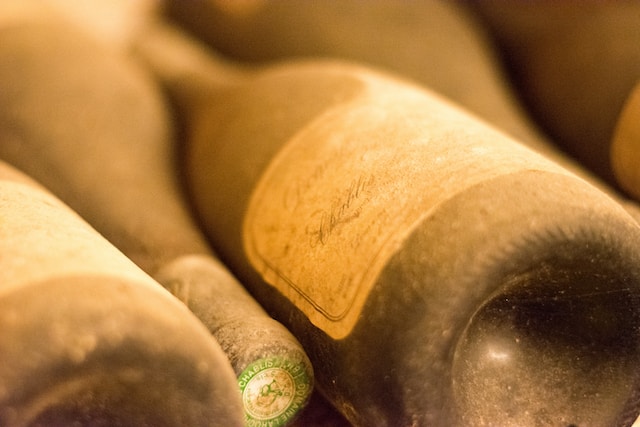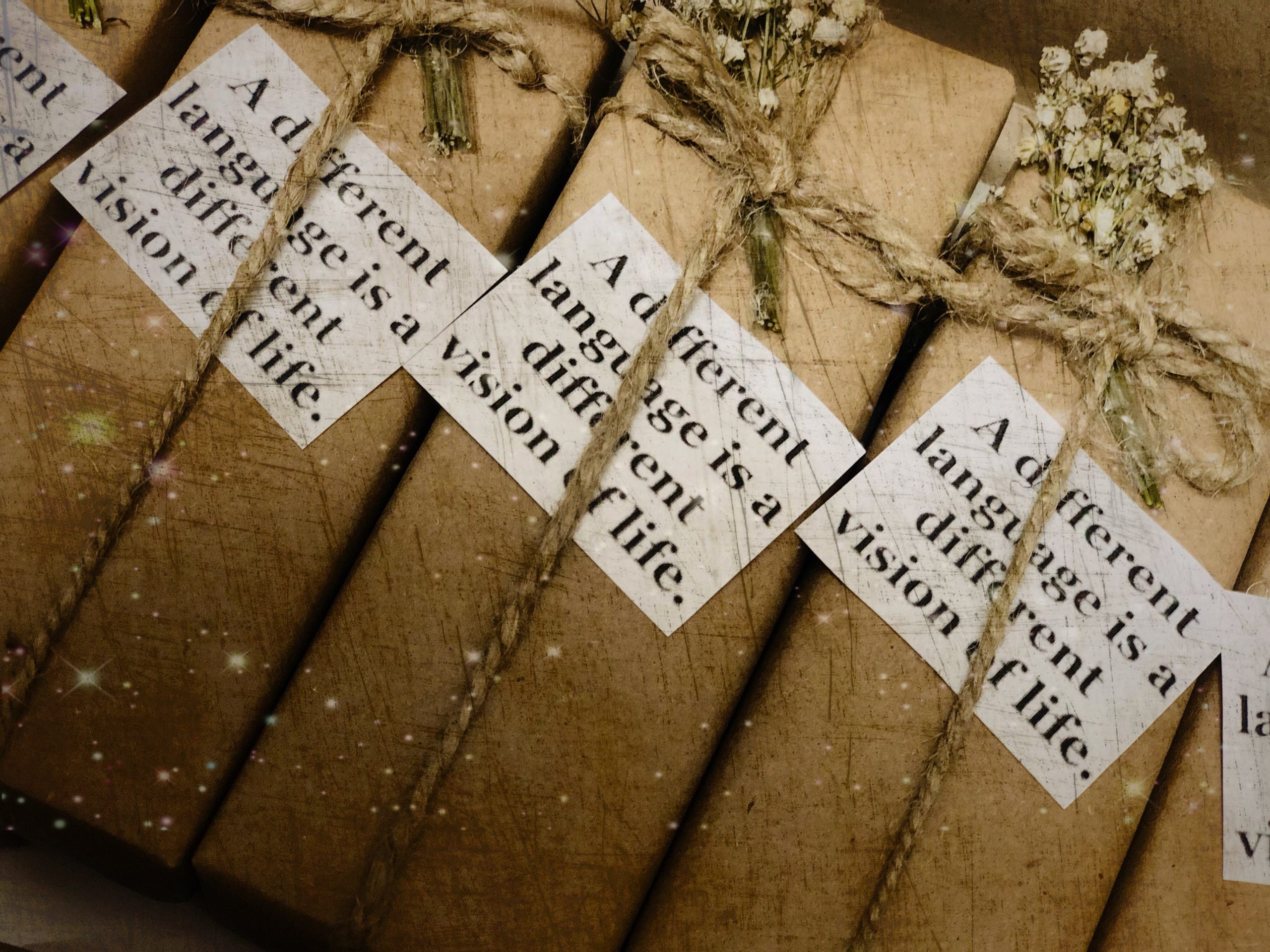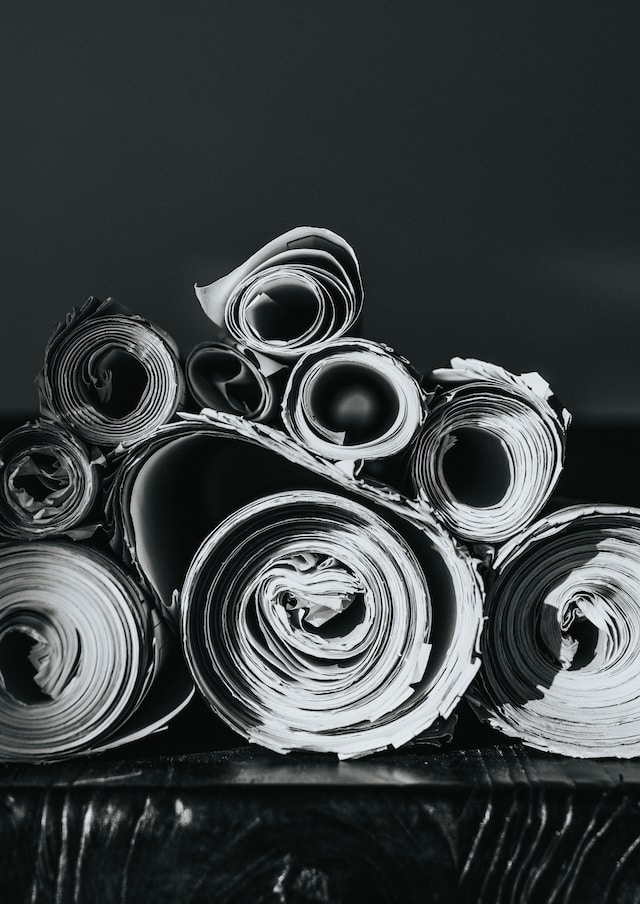Proper labeling is vital for a good product. You need your labels to withstand whatever moisture, UV rays, transportation, and temperatures come at them. Whether you need to choose a beverage label for refrigerated drinks or a room-temperature wine bottle, this guide will help you find what works best for you.
Best Label Materials for Cold Beverages
Beverages that will be kept cold need extra protection from moisture and cold temperatures. They need to be able to not leak ink when wet, so hands stay clean, and your label remains visible. This is usually prevented with a proper protective layer over your label materials for cold drinks. It is also important for the material to be able to adhere to the container material without causing any tears or wrinkles when exposed to cold water.
Label Materials for Glass
Beer, wine, and beverages all need labels that can withstand being in ice buckets, coolers, and the fridge. Glass bottles provide their own unique problems that require labeling that can withstand condensation and stay adhered to the smooth glass. Some of the best label materials for cold drinks in glass bottles are coated paper or plastic labels.
Standard paper labels will absorb moisture, smearing ink and making it prone to tears. With different coated paper label options available, you can go glossy or matte for waterproof bottle labels for cold drinks. These protected paper labels do a good job at staying intact in cold and wet conditions, but come second to synthetic roll labels.
Label Materials for Plastic
The white polypropylene with PET clear liner is excellent for moisture-resistant beverage labels. They pair great with plastic bottles thanks to their flexibility, which prevents any damage to the label during transportation. The PET clear liner helps waterproof bottle labels and prevents ink from smearing or the label from breaking.
Best Label Materials for Room Temperature Drinks
Paper and synthetic are both great label materials for room-temperature drinks in any container. It is important to consider how much exposure the label will have to sunlight or UV light, which can fade the colors on it. Depending on how the labeled containers will be transported, it is also worth considering how durable and flexible you need your label to be.
Eco-Friendly Beverage Label Materials
Matte paper is a great choice for custom beverage containers thanks to their easy to read from their non-glossy surface. This eco-friendly beverage label material gives your container an environmentally friendly and homely look. Paper is a great alternative to plastic and, in some cases, can be recycled easily for a completely eco-friendly bottle. If you are looking for labels that can be easily recycled, let your labeling expert know so they can plan accordingly.
Which Label to Choose for Wine and Spirits
It is important to find a luxury beverage label design that appeals to your target audience. Given the vast price range of wines, your wine label materials have to be carefully selected to match your wine’s characteristics. To prevent any ink smear, consider a moisture-resistant beverage label for wines served in an ice bucket. You can opt for a traditional paper matte to blend in with other brands and give a sense of familiarity, or try to stand out with some shine. The full or semi-gloss label options are water-resistant and do a good job of protecting the label’s ink, while the matte label is easier to read and provides a greater sense of luxuriousness.
How to Make Beverage Labels Last
Choosing the right beverage label material is vital to making them last. It is important to consider:
- The moisture conditions the container will be exposed to: Condensation, humidity, and direct exposure to water can do serious damage to unprotected labels.
- Expected temperature of the container: Temperature changes can damage the adhesive and cause issues with your labeling.
- Potential exposure to sunlight and UV Rays: Long exposure to sunlight or other sources of UV light can fade away labels so it is important to protect it with an extra layer of film.
- Durable labels for beverages during transportation: How you transport your containers can cause wear and tear so it is important to find more durable labels for beverages.
Best Label Materials for Chilled Wines
The best label materials for chilled wines in glass containers are ice-bucket-tested to guarantee that your label remains pristine in real-world conditions. Paper labels with glossy or semi-gloss film on them make for a water-resistant option that can withstand some short-term water exposure without doing too much damage to the label. Plastic-based labels, on the other hand, are a much safer bet, but with a less luxurious look. Synthetic labels are waterproof and can handle being submerged in ice water without smearing any ink or creating wrinkles or tears.
Best Adhesives for Cold Beverages
There are three types of adhesives to make your label stick to the bottle: removable, aggressive, and permanent. Removable adhesives are easy to peel, aggressive adhesives are secure but can be removed, and permanent adhesives are quite difficult to remove.
Removable Adhesive for Cold Beverage Labels
Removable adhesives are great for labels that need to be easily torn off. These make them great for recycling and reusing bottles.
Aggressive Adhesive for Cold Beverage Labels
The adhesive we recommend most for cold beverage labels are aggressive. They are a great cost-effective middle ground solution for cold beverage labels.
Permanent Adhesive for Cold Beverage Labels
Permanent adhesives are great for luxury wines, spirits, and beverages that need to keep their integrity in any condition. These make it perfect for long storage and passing the ice bucket test.
Working with an Expert to Find the Right Label Materials
Coming to your own decision on what label materials to use can be tough. Sticking with professional help ensures you can get answers to all of your questions and be confident in which label material you go with. Whether you need a fully waterproof label to handle ice buckets or a water-resistant label that stays looking crisp in the fridge, a professional can break down the tradeoffs of each material. If you need help, you can contact us to discuss what is the right fit for you.



